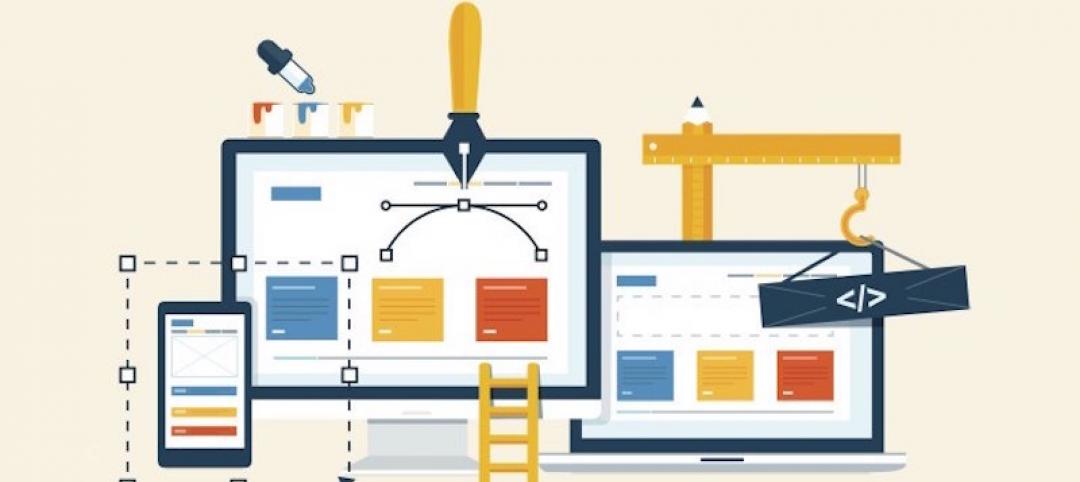A study by transportation, economics and urban planning experts has found that ridesharing and ridesourcing services using autonomous vehicles (AV) could shift millions of drivers away from personal cars in major U.S. cities.
“Driverless Future: A Policy Roadmap for City Leaders,” the study prepared by Arcadis, HR&A Advisors and Sam Schwartz Consulting, shows that the move to ridesharing and ridesourcing services that don’t have a driver could cause a shift of up to 60 percent (3.6 million cars) from traditional to autonomous vehicles in the New York metro area alone over the next 15-20 years.
The Los Angeles metro area could see a shift of up to 44 percent (2.2 million cars) and the Dallas-Ft. Worth metro area could see a shift of up to 31 percent (nearly 1 million cars).
The shift of nearly 7 million drivers to autonomous vehicles across three diverse metro areas illustrates how cities across the U.S. could be greatly impacted and reveals the significant effect of driverless services contemplated by companies such as Uber and Lyft.
To help cities prepare for such profound changes in daily life, Arcadis, HR&A Advisors and Sam Schwartz Consulting are offering a policy road map for complex issues related to autonomous vehicles and their potential impact on equity, public transit, parking, land use, and real estate development.
To prepare for this driverless future, the report identifies six priorities for city leaders:
- Leverage technology to enhance mobility: Cities and private partners should embrace smartcards, open data, and universal apps. This would allow riders to compare, book, and pay for trips that combine buses, trains, bikes and ridesharing. Pilot programs are already in place in cities ranging from Los Angeles to Helsinki.
- Prioritize and modernize public transit: Cities and transit agencies should focus on high-ridership, high-frequency light rail and bus rapid transit systems while driverless shuttles provide first- and last-mile connections for riders. Similar shuttles are already being tested in London and Singapore.
- Implement dynamic pricing: To reduce congestion and create a level playing field between public and private transportation, cities should consider dynamic road pricing plans that vary by origin and destination, number of passengers, congestion, and/or household income. This can be implemented through proven tools such as congestion pricing, zone pricing, vehicle-miles traveled fee, etc.
- Plan for mixed-use, car-light neighborhoods: AV can unlock demand for living and working in mixed-use neighborhoods – whether they are urban or suburban. To shape this demand, cities need to plan for and incentivize mixed-use development, overhaul parking requirements, and reevaluate new transit projects.
- Encourage adaptable parking: Fewer personal cars means fewer parking spaces, especially in city centers where much of the land use is taken by parking garages or lots. Parking garages need to be built with housing or office conversion in mind and include level floors, higher ceiling heights and centralized ramps. These future-proof garages are already being contemplated in Boston and Nashville.
- Promote equitable access to new jobs and services: To support disadvantaged populations, cities must encourage public and private operators to provide alternative payment methods, access via dial-a-ride and equitable service coverage. Cities and private partners must also create new employment and training opportunities for drivers and others in legacy occupations.
The full report can be found here.
Related Stories
Architects | Nov 28, 2017
Adding value through integrated technology requires a human touch
To help strike that delicate balance between the human and the high-tech, we must first have an in-depth understanding of our client’s needs as well as a manufacturer’s capabilities.
Market Data | Nov 27, 2017
Construction's contribution to U.S. economy highest in seven years
Thirty-seven states benefited from the rise in construction activity in their state, while 13 states experienced a reduction in activity.
Market Data | Nov 15, 2017
Architecture Billings bounce back
Business conditions remain uneven across regions.
Market Data | Nov 14, 2017
U.S. construction starts had three consecutive quarters of positive growth in 2017
ConstructConnect’s quarterly report shows the most significant annual growth in the civil engineering and residential sectors.
Market Data | Nov 3, 2017
New construction starts in 2018 to increase 3% to $765 billion: Dodge report
Dodge Outlook Report predicts deceleration but still growth, reflecting a mixed pattern by project type.
Market Data | Nov 2, 2017
Construction spending up in September; Down on a YOY basis
Nonresidential construction spending is down 2.9% on a year-over-year basis.
Sponsored | Industry Research | Oct 26, 2017
Get clients to pay you faster with these five tips
Here are 5 ways to avoid a cash crunch by doing your part to help clients make their payments on time.
Market Data | Oct 19, 2017
Architecture Billings Index backslides slightly
Business conditions easing in the West.
Industry Research | Oct 9, 2017
AEC website design trends in 2017 – Planning for 2018
A website that’s behind the times is hurting your business.
Industry Research | Oct 3, 2017
Nonresidential construction spending stabilizes in August
Spending on nonresidential construction services is still down on a YOY basis.

















